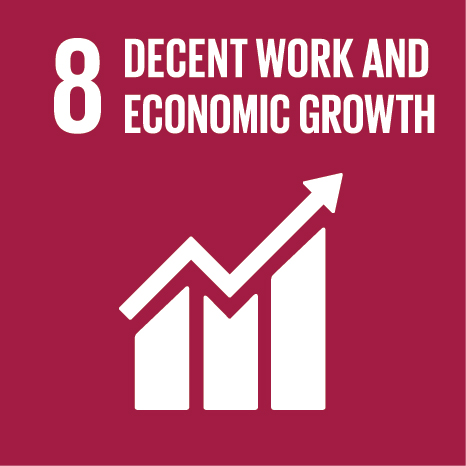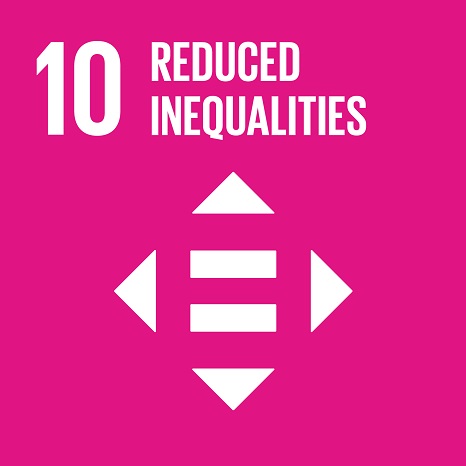Ciência_Iscte
Publications
Publication Detailed Description
Una aproximación geográfica a los impactos de la turistificación del ocio nocturno en el barrio de Cais do Sodré, Lisboa
Journal Title
Estudios Geográficos
Year (definitive publication)
2023
Language
Spanish/Castilian
Country
Spain
More Information
Web of Science®
Scopus
Google Scholar
This publication is not indexed in Overton
Alternative Titles
(English) A geographical approach to the impacts of the touristification of nightlife in the Lisbon neighbourhood of Cais do Sodré
Abstract
A lo largo de las dos últimas décadas, la expansión de la economía del ocio nocturno orientada al turismo ocurrida en un número significativo de ciudades europeas puede ser vista - simultáneamente - como resultado y causa de la rápida e intensa turistificación de sus respectivas áreas urbanas centrales. A su vez, lo que podríamos denominar como turistificación de ‘la noche’ ha conllevado sin duda alguna la aparición de numerosos impactos negativos significativos a nivel espacial, social, económico, cultural, ambiental, de salud pública y de pérdida del patrimonio histórico-arquitectónico y/o cultural local. Este artículo analiza cómo la turistificación de ‘la noche’ en el antiguo barrio portuario de Cais do Sodré, localizado en el centro histórico de Lisboa (Portugal), ha desencadenado tanto una profunda transformación espacial del área de estudio como una desposesión material, simbólica y patrimonial de la comunidad local. Los resultados mostrados en este artículo han sido generados a partir de un trabajo de campo observacional realizado entre los años 2015 y 2019. En la última sección, y a modo de conclusión, los autores de este artículo sugieren que se impone como absolutamente necesario el diseño e implementación de nuevas políticas públicas en el ámbito económico, cultural y de gobernanza urbana que incluyan la catalogación y protección del patrimonio cultural tangible e intangible más representativo de la ciudad nocturna.
____
Over the last two decades, the expansion of the tourism-oriented nighttime leisure economy in a significant number of European cities can be simultaneously seen as both a result and a cause of the rapid and intense touristification of their central urban areas. In turn, what could be termed as the touristification of ‘the night’ has undoubtedly entailed the emergence of numerous significant negative spatial, social, economic, cultural, environmental, public health impacts, including the loss of local historical-architectural and/or cultural heritage. This article analyses how the touristification of ‘the night’ in the former harbour neighoborhood of Cais do Sodré, in Lisbon city centre, has triggered both a profound spatial transformation of the study area and a material, symbolic and heritage dispossession of the local com-munity. The results shown in this article have been generated from observational fieldwork carried out between 2015 and 2019. The article ends up by remarking the urgent need in fostering the design and implementation of new public policies in the economic, cultural and urban governance spheres that include the cataloguing and protection of the most representative tangible and intangible cultural heritage of the nocturnal city.
Acknowledgements
--
Keywords
Ocio nocturno,Turismo urbano,Turistificación,Patrimonio cultural,Lisboa
Fields of Science and Technology Classification
- Earth and related Environmental Sciences - Natural Sciences
- Social and Economic Geography - Social Sciences
Funding Records
| Funding Reference | Funding Entity |
|---|---|
| CEECIND/01171/2017 | Fundação para a Ciência e a Tecnologia |
| SFRH/BD/121842/2016 | Fundação para a Ciência e a Tecnologia |
Contributions to the Sustainable Development Goals of the United Nations
With the objective to increase the research activity directed towards the achievement of the United Nations 2030 Sustainable Development Goals, the possibility of associating scientific publications with the Sustainable Development Goals is now available in Ciência_Iscte. These are the Sustainable Development Goals identified by the author(s) for this publication. For more detailed information on the Sustainable Development Goals, click here.

 Português
Português




